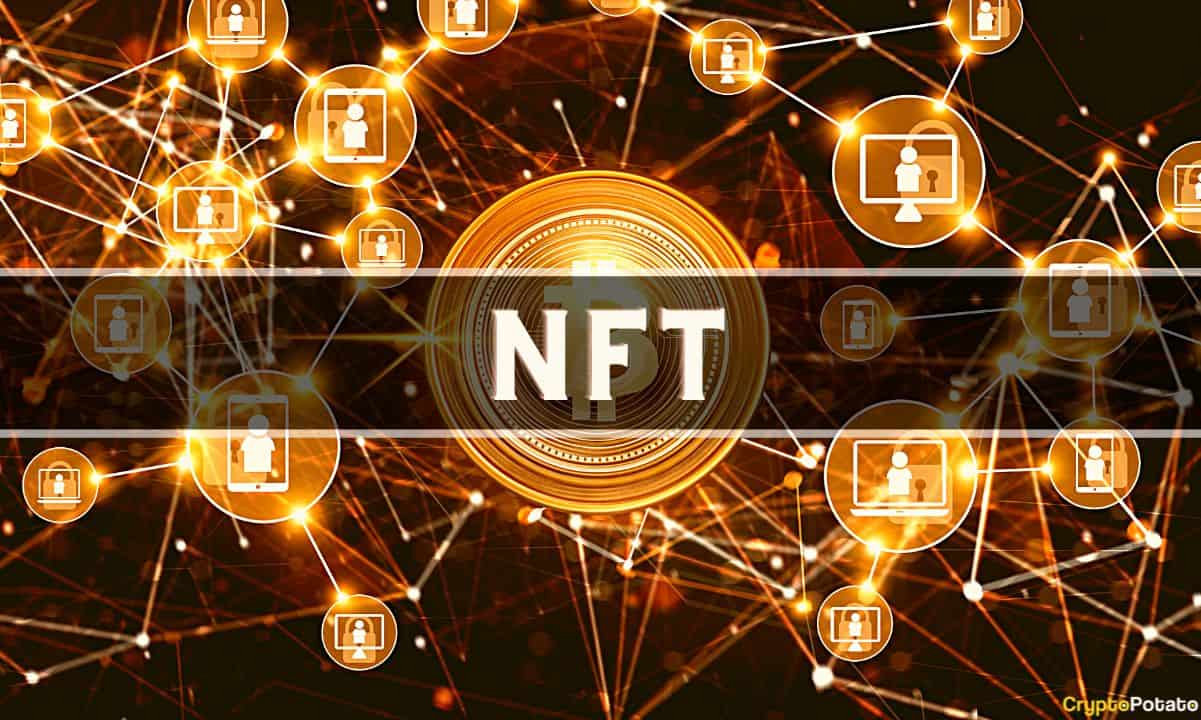Bitcoin blockchain has recorded over 10 million inscriptions using the Ordinals protocol, according to data from Dune Analytics. The majority of these inscriptions were recorded within the last month. Ordinals protocol allows users to embed data into a single identifiable satoshi, thereby opening up potential applications.
Ordinals Inscriptions
Ordinals inscriptions were first used for producing non-fungible tokens (NFTs) and Bitcoin quickly emerged as the second most popular network for trading NFTs after Ethereum, according to CryptoSlam. However, inscriptions ramped up in April as users began to issue fungible crypto tokens through the experimental BRC-20 token standard. The BRC-20 token standard was initially popular for issuing memecoins but it is now used to host the first Bitcoin-based stablecoin Stably USD (USD).
Opinions on Ordinals
While some Bitcoiners like Blockstream CEO Adam Back have objected to Ordinals ‘clogging’ Bitcoin’s blockchain by making transfers more expensive for those using it for its intended purpose, billionaire Bitcoin investor Michael Saylor sees Ordinals as a potential foundation for future innovation, including trading digital securities on Bitcoin.
Ordinals founder Casey Rodarmor stepped down as the project’s lead maintainer on Saturday and handed over lead maintainer status to @raphjaph on Twitter. He stated that he has not been able to give Ordinals the attention it deserves. The protocol’s milestone was celebrated by Ordinals proponents on Monday, with former Product Manager at Kraken, Dan Held, stating on Twitter that he is confident that Ordinals is more than just a fad.
The number of Ordinals inscriptions has grown significantly since its unveiling in early March and has netted Bitcoin miners an additional $44 million in fees. 91% of inscriptions have been text-based. The transition in Ordinals’ dominance from NFTs to BRC-20 tokens is visible on the blockchain through the takeover of text-based inscriptions over image-based ones at that time.
The Ordinals protocol has seen significant growth in its use for both NFTs and BRC-20 tokens. While some have criticized its impact on the cost of transfers for those using Bitcoin for its intended purpose, others see it as a potential foundation for future innovation. The transition in Ordinals’ dominance from NFTs to BRC-20 tokens is visible on the blockchain.

